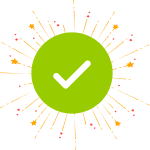In the past, call centers' primary function was straightforward: agents were expected to handle outgoing and incoming calls with little additional support or resources.
Today, the role of call centers has transformed from simply handling phone calls to becoming dynamic hubs of customer interaction and support powered by sophisticated technologies that enhance both customer and agent experiences.
Modern call center technology includes advanced tools, systems, and software. Implementing the latest technology to set up a telecalling team can significantly enhance efficiency and improve customer interactions.
These technologies facilitate smooth, efficient, and effective customer interactions and resolve issues promptly and accurately. For agents, the technology streamlines workflow enhances performance and provides essential resources to deliver exceptional service.
In this blog, we will discuss the essential tools and technologies necessary for setting up a call center.
Essential Hardware Call Center Equipment
The foundation of any call center operation lies in its hardware requirements, which are fundamental and essential for setting up a functional and efficient call center environment.

Here are the key hardware components needed to setup a call center:
Computers/Workstations: Each agent needs a reliable computer or workstation with adequate processing power to run call center software, access customer databases, and manage communications effectively.
Headsets: High-quality headsets with noise-canceling features are crucial for clear communication between agents and customers.
Phones/Softphones: Depending on the setup, traditional desk phones, mobile phones, or softphones (software-based phones) connected through the computer may be used.
Internet Connection: A fast and stable internet connection is essential.
Routers and Switches: Networking equipment such as routers and switches are necessary to manage internet traffic, connect computers to the network, and ensure reliable data transfer.
Firewalls and Security Appliances: Robust firewalls and security appliances are essential to protect sensitive customer data and prevent cyber attacks.
Essential Software Tools for Optimal Call Center Performance
The best performance in a contact center is achieved when there is a harmonious integration between hardware and software tools.
This synergy between hardware and software plays a critical role in optimising operations, improving agent productivity, and delivering exceptional customer experiences.
Here we have curated a list of important contact center software tools that are necessary for smooth operations:
1. Automatic Call Distribution (ACD)
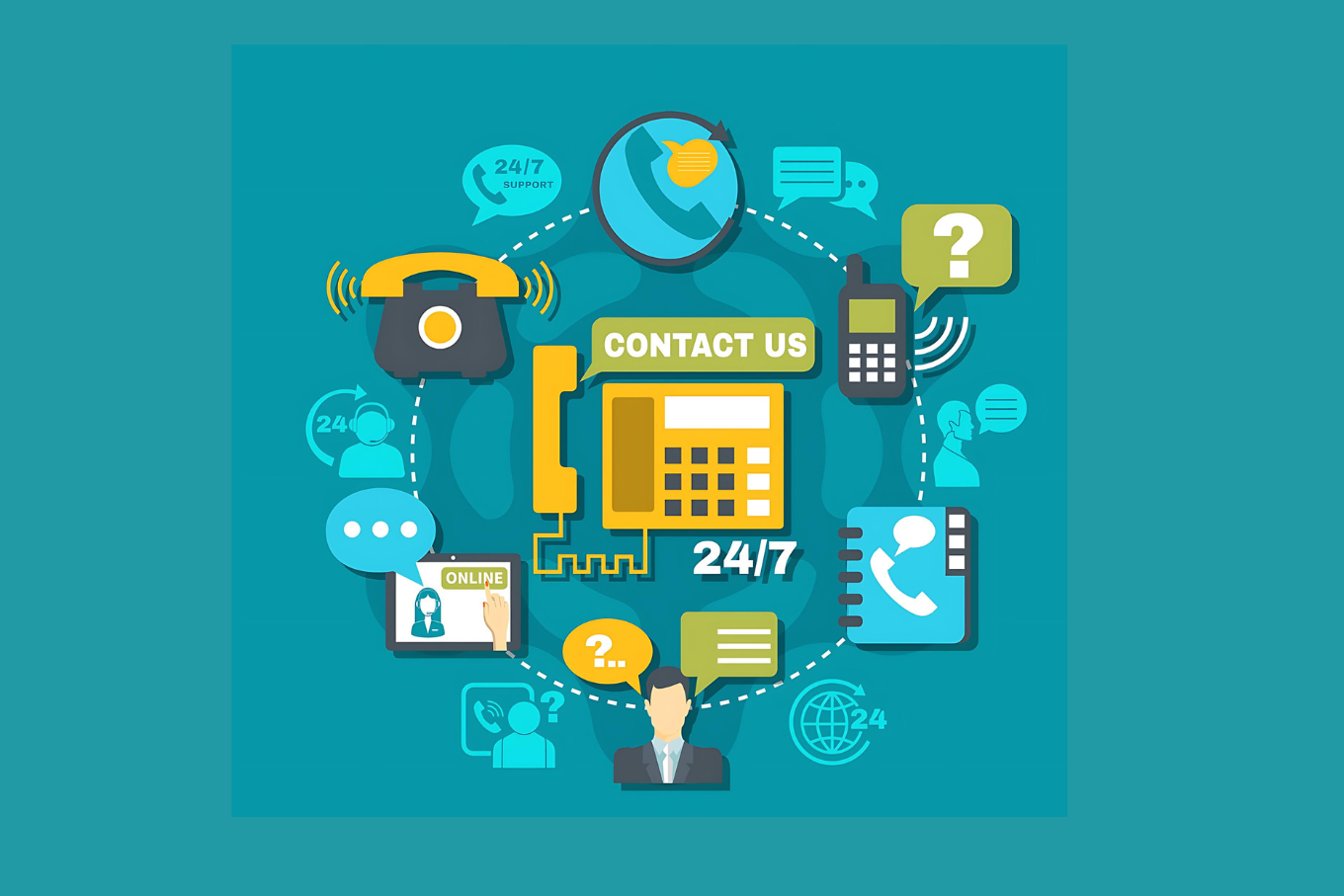
Automatic Call Distribution (ACD) is a fundamental technology used in call centers to manage inbound calls efficiently. The system automatically routes incoming calls to the most appropriate agent or department based on predefined criteria. ACD systems are designed to streamline call handling, reduce wait times, and improve overall customer service.
Here's how ACD works and why it's crucial for call center operations:
Call Routing: ACD directs calls based on call purpose, language preference, agent skills, availability, and customer history.
Queue Management: ACD queues calls when agents are busy, notifying callers of wait times and positions while routing calls as agents become free.
Skill-Based Routing: ACD routes call to agents with relevant skills (e.g., technical support or sales), ensuring appropriate handling of inquiries.
Priority Routing: ACD prioritizes calls (e.g., VIP customers or urgent issues), directing them to specialized teams or senior agents for immediate attention.
2. Customer Relationship Management (CRM) Software

Customer Relationship Management (CRM) software is a powerful tool that enables businesses to manage and nurture customer relationships. It is a centralised platform for storing and organising customer data, facilitating communication, automating tasks, and analysing customer interactions to improve overall customer satisfaction and drive business growth.
Here are the key components and features of CRM software:
Centralised Customer Data: CRM gathers and stores detailed customer information from various channels for a holistic view, aiding in better understanding of customer needs and behaviour.
Contact Management: CRM allows effective organisation and segmentation of contacts based on demographics or behaviour, facilitating targeted marketing and personalised communication.
Interaction Tracking: CRM systems track customer interactions across channels, aiding in communication history management and timely response to queries.
Lead Management: CRM streamlines lead capture, qualification, assignment, and nurturing, improving conversion rates and customer acquisition.
Customer Service and Support: CRM includes ticketing, case management, and self-service portals for efficient customer support and issue resolution.
Analytics and Reporting: CRM provides robust analytics for data-driven decisions, KPI tracking, trend identification, and forecasting.
Mobile Accessibility: CRM offers mobile apps for on-the-go access, enhancing productivity and responsiveness for remote teams.
3. Interactive Voice Response (IVR) System

An Interactive Voice Response (IVR) system is a technology that automates interactions with callers through voice or keypad inputs. It is crucial in streamlining communication processes, enhancing customer experience, and improving operational efficiency for businesses across various industries.
Key components of the IVR system:
Call Routing and Menu Options: When a caller dials into a company's phone system, the IVR system greets the caller with a pre-recorded message and presents menu options through voice prompts or keypad inputs.
These options typically include sales, support, billing, technical assistance, or other relevant departments.
Voice Recognition and DTMF Input: IVR systems can recognize spoken words through speech recognition technology, allowing callers to respond verbally to prompts.
Alternatively, callers can use Dual-Tone Multi-Frequency (DTMF) tones by pressing keys on their phone's keypad to navigate the menu and select options.
4. Workforce Management (WFM) Software
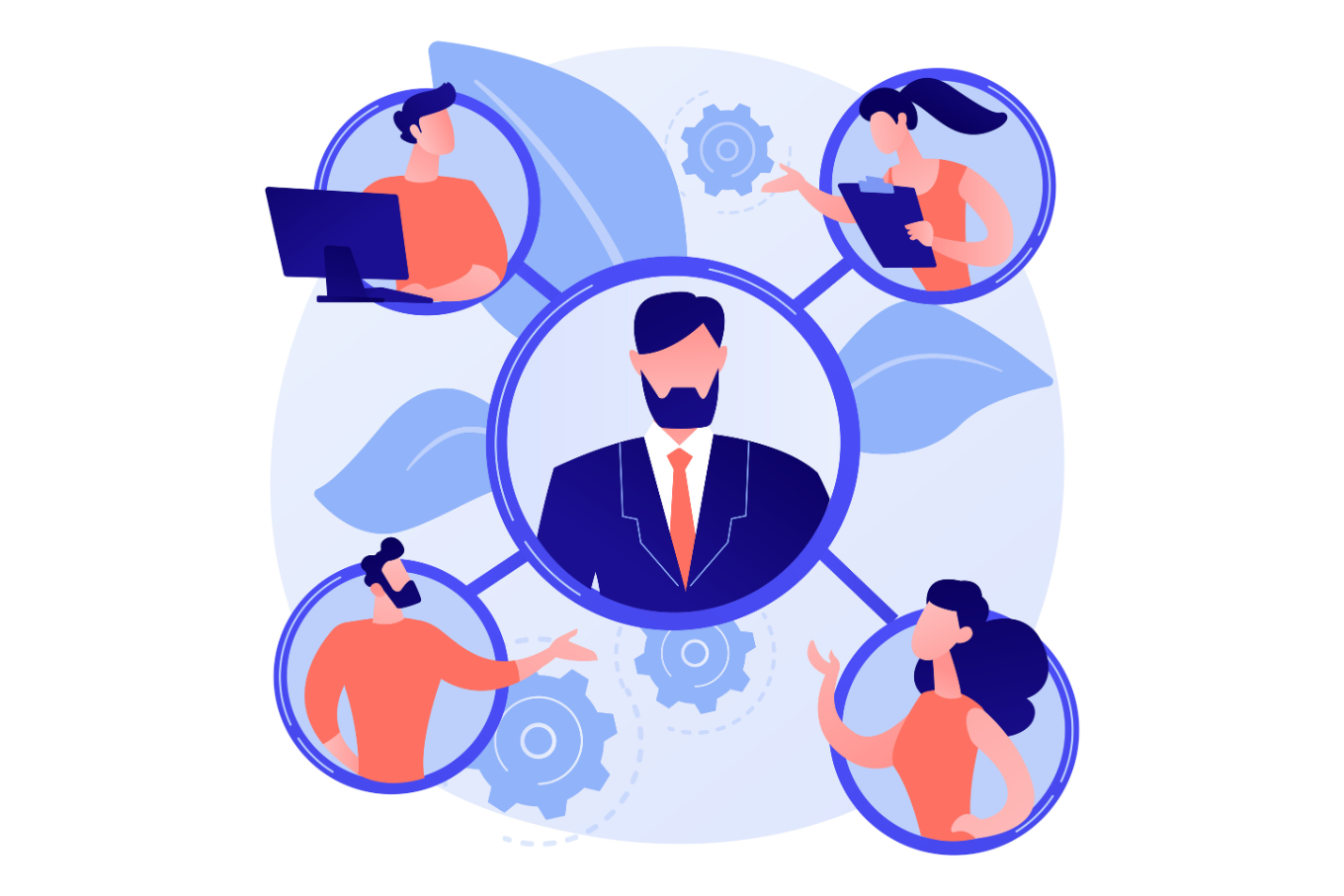
Workforce Management (WFM) Software is a suite of tools and applications designed to optimise workforce planning, scheduling, forecasting, and performance tracking for businesses with large teams of employees or agents.
It helps businesses efficiently manage their workforce resources to meet operational demands, improve productivity.
Key components and functionalities of Workforce Management (WFM) Software:
Workforce Planning: WFM software aids in strategic workforce planning by analysing historical data and demand patterns to determine staffing requirements, ensuring adequate levels to meet customer demand.
Forecasting and Demand Management: WFM solutions use advanced forecasting algorithms and data analysis techniques to predict future workload volumes, call volumes, transaction volumes, or other operational metrics, optimising staffing schedules and resource allocation for operational efficiency and cost-effectiveness.
Scheduling and Shift Management: WFM software creates optimised schedules based on forecasted demand, employee availability, skills, and preferences, automating the scheduling process and providing real-time schedule visibility.
Time and Attendance Tracking: WFM solutions track employee attendance, clock-in/out times, breaks, and absences, monitor productivity, calculate worked hours, manage PTO(Paid-Time-Off) and ensure compliance with labor regulations.
Performance Management: WFM software includes tools for monitoring and tracking employee performance, providing actionable insights and metrics to optimise team performance and coach employees.
5. Call Recording and Monitoring Software
Call Recording and Monitoring Software is crucial for businesses, especially those with customer service or sales teams. It provides the ability to record, store, and analyse telephone conversations, offering multiple benefits for quality assurance, compliance and training.

Key features and functionalities of call recording and monitoring software:
Call Recording: Automatically or selectively record incoming and outgoing calls, storing them in a centralised database for easy access and playback.
Compliance and Legal Requirements: Ensures adherence to regulations in finance, healthcare, and telecommunications, securely storing recordings for audits and legal purposes.
Quality Assurance and Training: Supervisors use recorded calls to evaluate performance, ensure policy compliance, and provide targeted feedback; recordings also aid in training new call center agents with real examples.
Dispute Resolution: Provides accurate records of conversations to quickly and fairly resolve customer disputes and complaints.
Performance Analytics and Reporting: Analysing call data to identify patterns, track metrics like call duration and agent performance, and generate reports for data-driven decision-making.
Speech Analytics: Transcribes calls, detects keywords, and analyses sentiment to identify customer concerns, monitor script compliance, and assess interaction quality.
Live Call Monitoring: This feature allows supervisors to monitor calls in real time, offering immediate feedback or assistance with features like whisper coaching and barge-in capabilities.
6. Analytics and Reporting Tools
Analytics and Reporting Tools are essential components of call center technology, providing businesses with valuable insights into their operations and performance.
Harnessing such innovative technology to set up cold calling team can revolutionize your sales strategy and maximize outreach efficiency. These tools collect, analyse, and present data in a way that helps managers make informed decisions, improve efficiency, and enhance customer satisfaction.
Here's a look at the functions:
1. Data Collection: Analytics and reporting tools gather data from various sources within the call center, including:
- Call recordings
- Agent performance metrics
- Customer interactions
- CRM systems
- Workforce management software
2. Real-Time Analytics: These tools offer real-time analytics, allowing managers to monitor ongoing activities and make immediate adjustments. Key metrics tracked in real-time include:
- Call volume
- Average handle time (AHT)
- First call resolution (FCR)
- Queue times
- Customer satisfaction scores (CSAT)
3. Historical Reporting: Analytics and reporting tools provide historical data analysis, helping businesses understand trends over time. This includes:
- Daily, weekly, monthly, and yearly performance reports
- Trend analysis of call volumes and patterns
- Historical comparison of key performance indicators (KPIs)
4. Performance Dashboards: These tools feature customizable dashboards that present data visually through graphs, charts, and tables. Dashboards offer:
- An overview of call center performance
- Drill-down capabilities for detailed analysis
- Customizable views tailored to specific roles (e.g., agent, supervisor, manager)
5. Agent Performance Metrics: Analytics tools track individual and team performance, providing insights into:
- Call handling times
- Customer satisfaction ratings
- Adherence to scripts and protocols
- Sales conversion rates
Callyzer: The All-in-One Solution for Call Center Software Needs
Callyzer is a comprehensive solution designed to meet the software requirements of both inbound and outbound call centers. This SIM-based call monitoring software provides real-time insights into telesales and marketing calls, enhancing caller productivity and tracking lead status from a central dashboard.
Multiple features and functionalities offered by Callyzer:
Call Monitoring: Track all incoming, outgoing, missed, rejected, unanswered, unique, and connected calls handled by team members in real time through an intuitive central dashboard. Callyzer also enables you to effectively monitor your telesales team working remotely.

Lead Management: Assign leads, generate detailed lead management reports, and streamline follow-ups to improve lead nurturing and conversion rates.
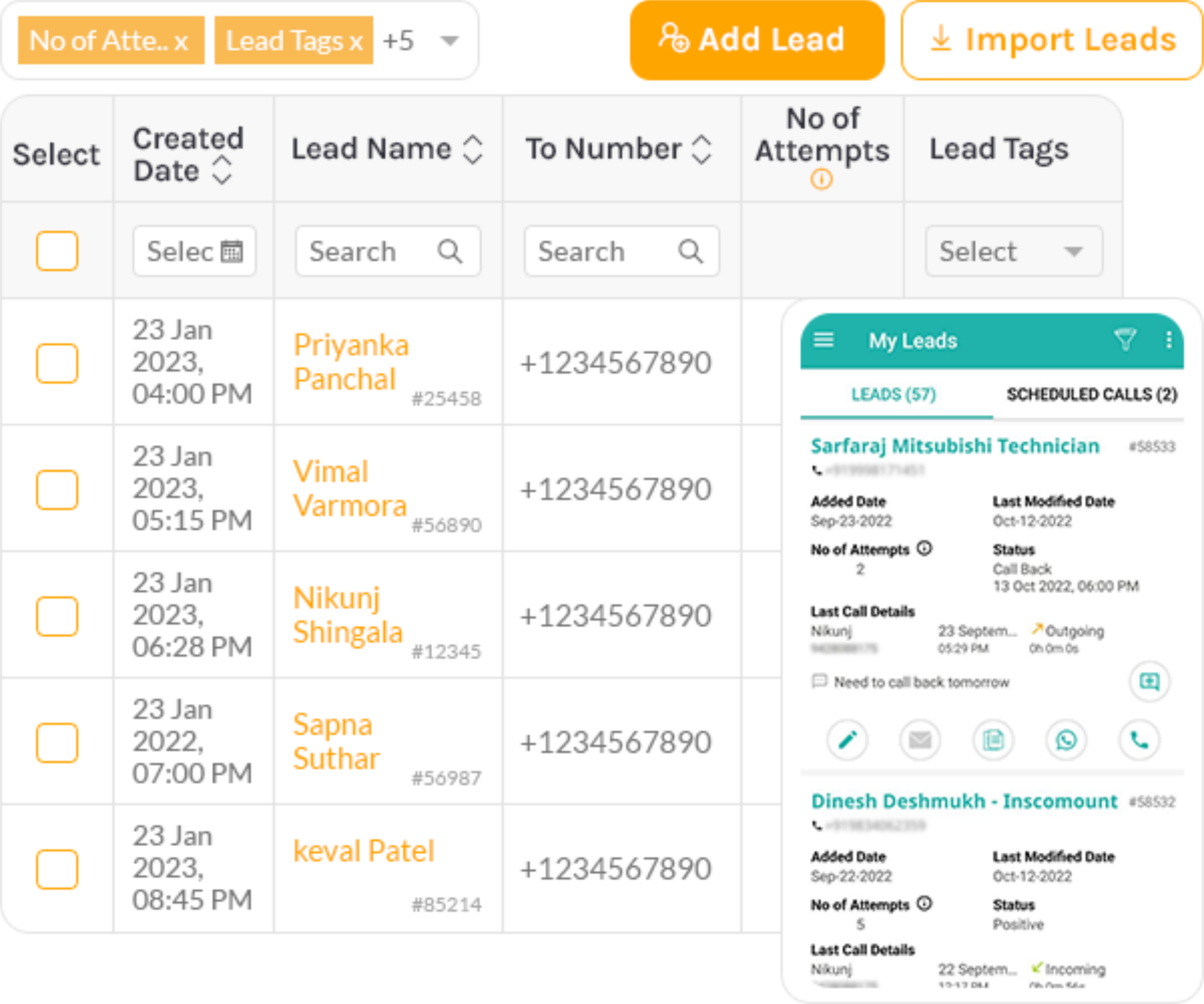
Leads Reporting: Gain insights into the number of contacted leads, last contacted dates, and the status of unconnected leads. Callyzer ensures that every lead is contacted without fail.
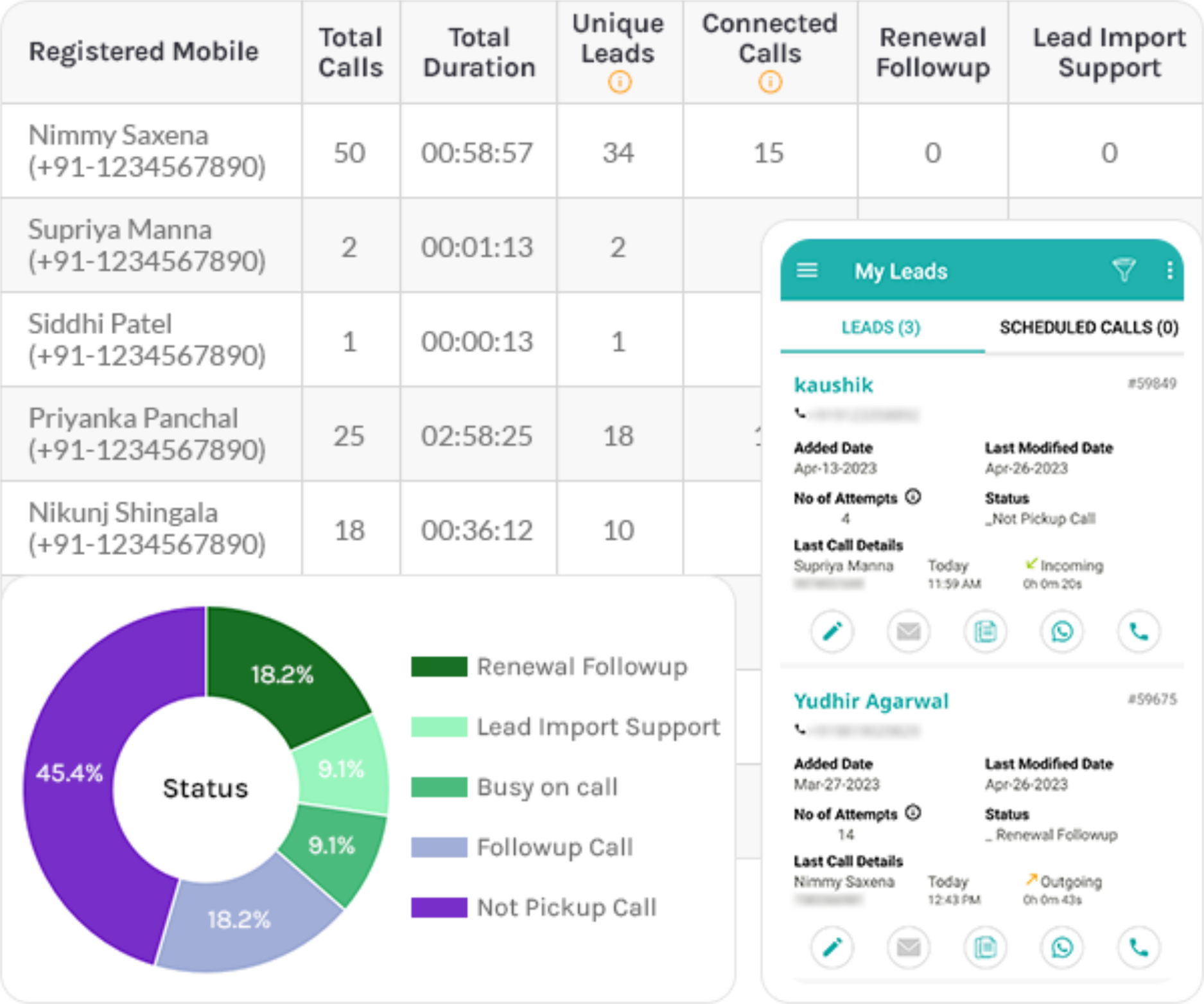
Call Recording Synchronisation: Callyzer enables you to monitor, listen to, and retrieve all incoming and outgoing call recordings in real-time.
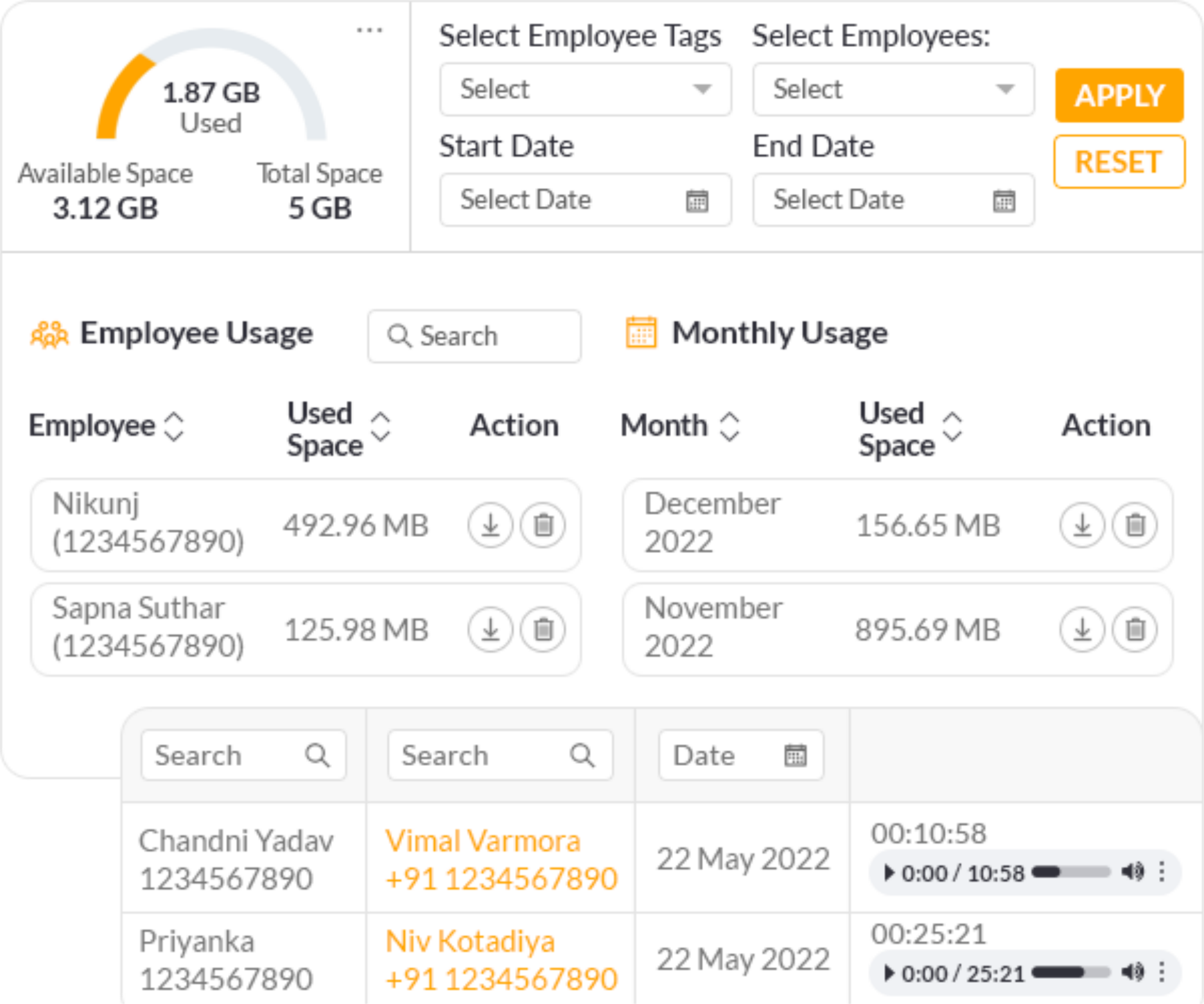
Key Takeaways
Hardware equipment like computers and headsets and Software technologies, such as automatic call distribution (ACD), interactive voice response (IVR) systems, customer relationship management (CRM) software, and call monitoring solutions, are essential when setting up a call center.
By embracing technology to set up a call center telecalling team, they can improve productivity, streamline workflows, and enhance customer interactions, leading to higher operational efficiency.
Investing in the right call center tools empowers businesses to meet customer expectations, drive performance, and stay competitive.
Call Monitoring CRM like Callyzer revolutionizes call center operations with comprehensive features, including real-time call monitoring and lead management.

